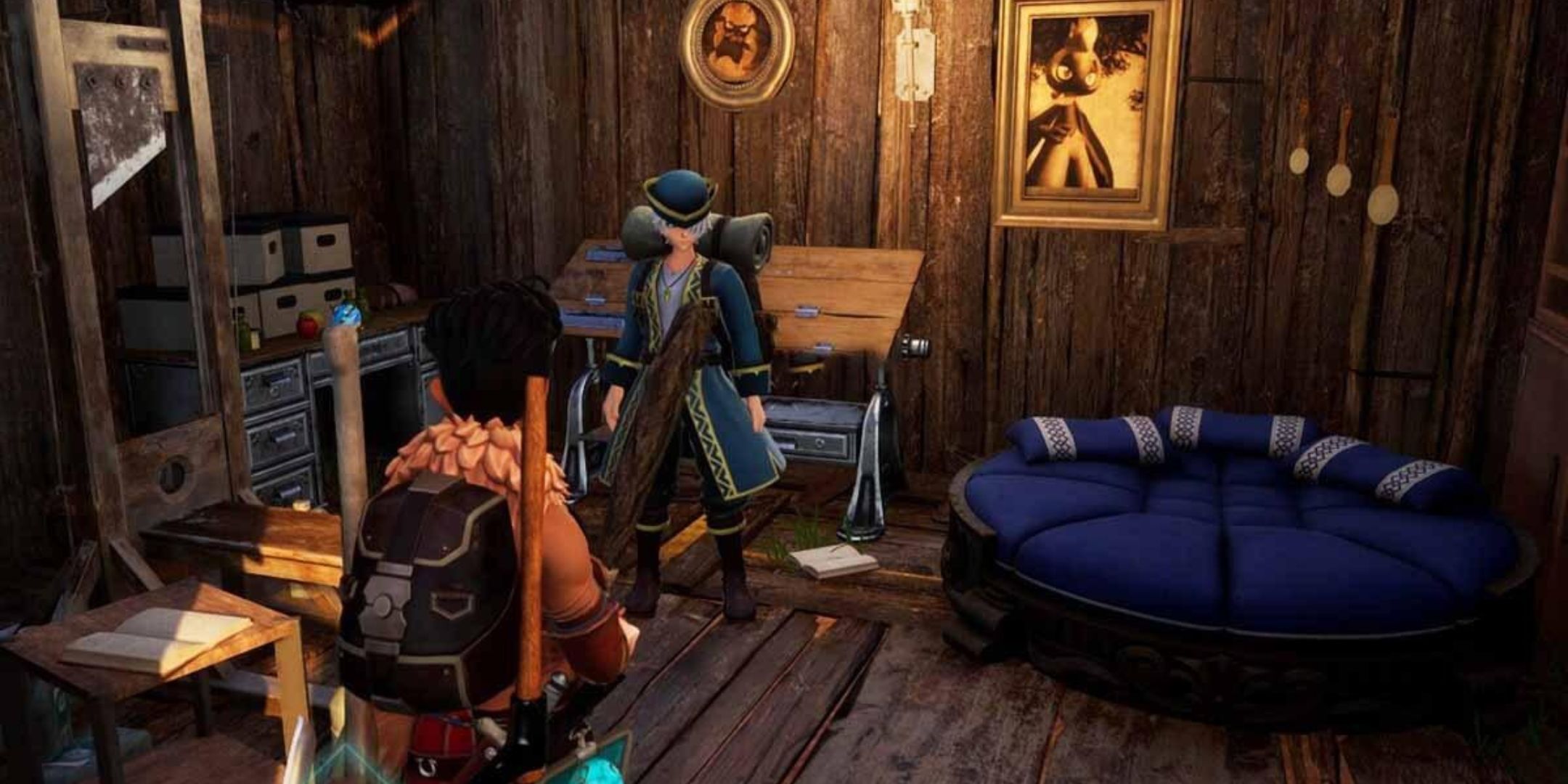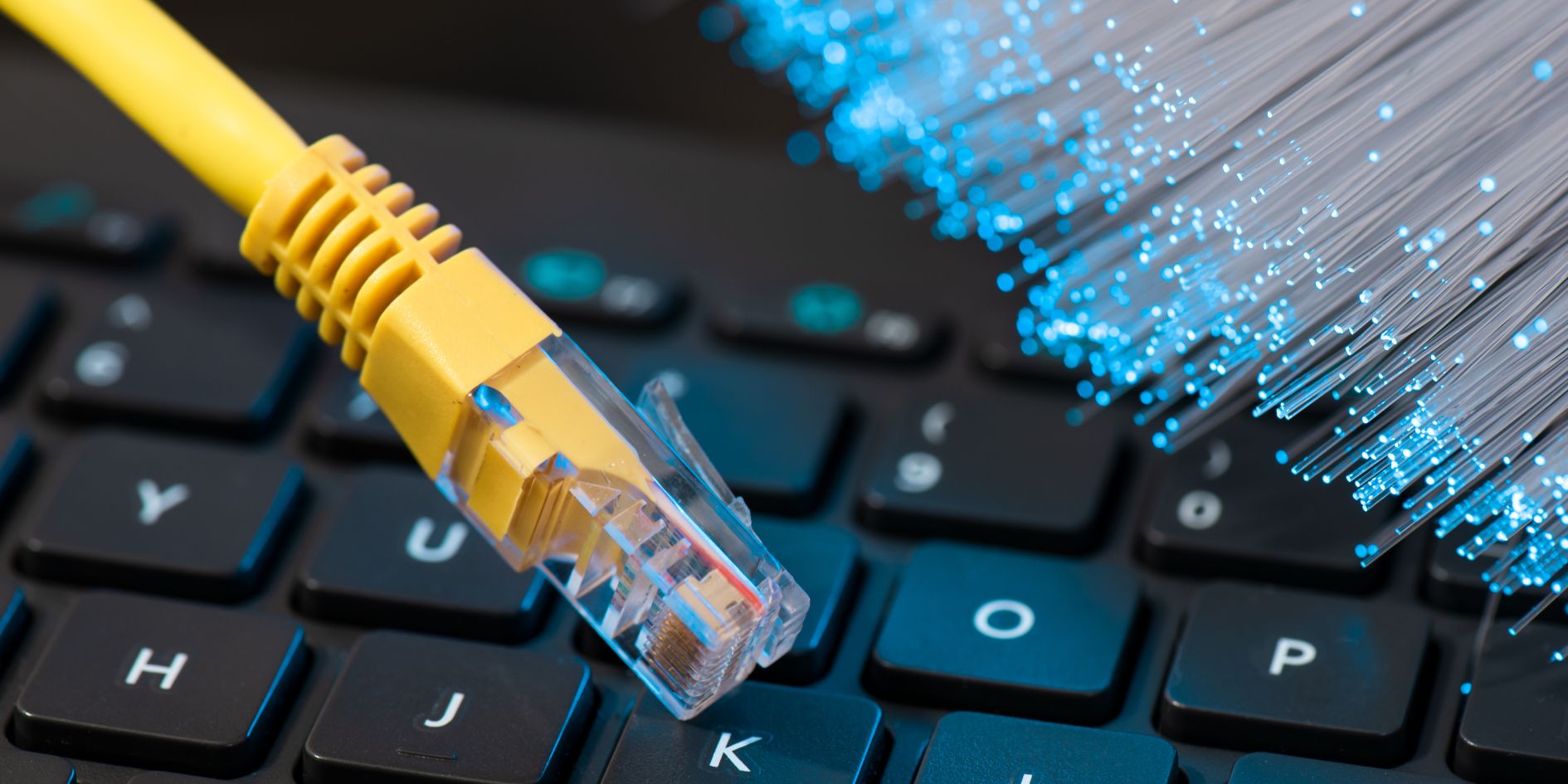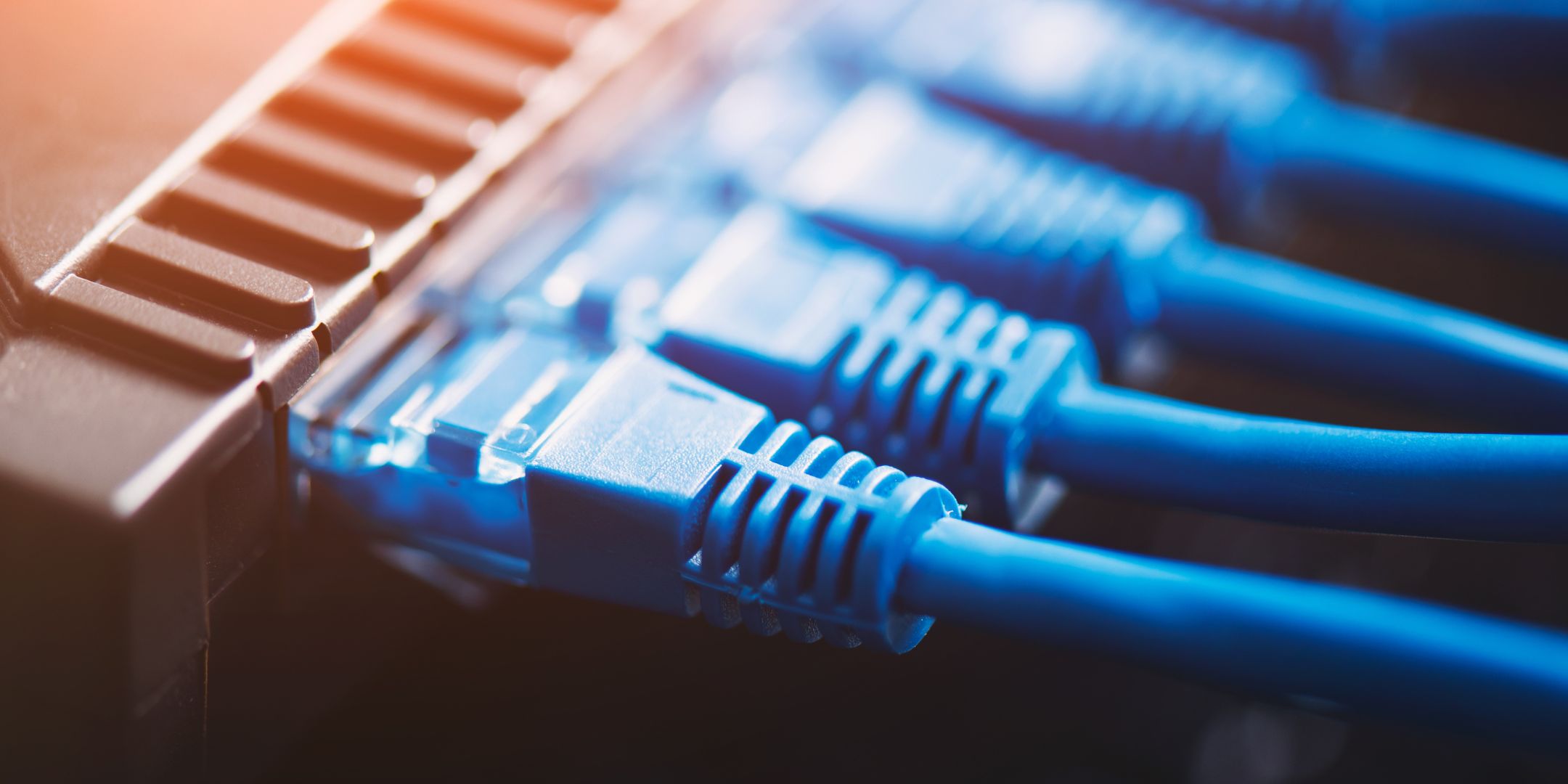Graphics Processing Units (GPUs) are essential components in modern computer systems, responsible for rendering graphics and accelerating various computational tasks. Like any other hardware component, GPUs may encounter issues from time to time. One common problem users face is when the GPU fans fail to spin appropriately, resulting in overheating and potential performance issues.
In this article, we will explore the possible causes behind GPU fans not spinning and provide step-by-step solutions to fix this problem.
Understanding the Importance of GPU Fans
Before delving into the troubleshooting steps, it’s crucial to understand why GPU fans are vital for your graphics card’s performance. GPU fans are responsible for cooling the graphics card by dissipating heat generated during intense processing.
By circulating air over the heatsink, the fans ensure that the GPU operates within its optimal temperature range, preventing thermal throttling and potential damage.
Why Are My GPU Fans Not Spinning?
There are several possible reasons why your GPU fans are not spinning. Some of them are:
Insufficient Power Supply
One of the common causes of GPU fans not spinning is an insufficient power supply. Your graphics card requires an adequate power supply to function properly, and if it doesn’t receive the necessary power, the fans may not spin. If your PC case is too small, has poor airflow, or has too many components generating heat, your GPU might overheat and trigger a thermal protection mechanism that shuts down the fans.
Similarly, if your power supply is too weak, old, or faulty, it might not provide enough power for your GPU and cause it to malfunction and stop the fans. Ensure your power supply unit (PSU) can provide enough power to your GPU.
Faulty Fan Connection
Another possible reason for GPU fans not spinning is a faulty fan connection. Over time, due to vibrations or accidental bumps, the connection between the fan and the graphics card may become loose or disconnected. It’s essential to check the fan connection and ensure it is securely attached to the GPU.
Fan Control Settings
Sometimes, GPU fans not spinning can be attributed to fan control settings. Many modern graphics cards come with fan control software that allows users to adjust fan speeds manually or automatically based on temperature. If the fan control settings are misconfigured or set to a low speed, the fans may not spin when needed. Check your graphics card’s fan control settings and make necessary adjustments.
Faulty Temperature Sensors
Temperature sensors play a vital role in regulating GPU fan speeds. If the temperature sensors on your graphics card are faulty or malfunctioning, they may not accurately detect the temperature, leading to non-spinning fans. Consider testing the temperature sensors or consulting a professional for assistance.
Fan Failure
Occasionally, GPU fans not spinning may be due to fan failure. Fans can wear out over time, resulting in decreased performance or complete failure. If you suspect fan failure, it’s crucial to replace the faulty fans promptly to prevent overheating and potential damage to your GPU.
Software or BIOS settings
Some GPUs have features that allow you to control the fan speed and behavior using software or BIOS settings. For example, some GPUs have a zero RPM mode that stops the fans from spinning when the GPU temperature is low. This is done to reduce noise and power consumption. However, sometimes these settings can malfunction or conflict with other software or hardware, causing the fans to stop spinning.
How to Fix GPU Fans Not Spinning?
Now that we have identified some common causes let’s explore the solutions to fix GPU fans not spinning.
Check the fan connectors
The first thing you should do is check if the fan connectors are plugged in correctly.
- Turn off your PC and unplug it from the power source.
- Open the PC case and locate the fan connectors on your GPU.
- Make sure they are firmly attached to the power supply or the motherboard.
- If they are loose or disconnected, reconnect them securely and try turning on your PC again.
Verify Fan Settings in BIOS
Sometimes, the GPU fan settings in the computer’s BIOS may need adjustment.
Here’s how you can access and modify these settings:
- Restart your computer and repeatedly press the appropriate key (often Del or F2) to enter the BIOS setup.
- Navigate to the “Hardware Monitor” or “Fan Control” section.
- Look for options related to GPU fan control and ensure they are set to “Auto” or “Enabled.”
- Save the changes and exit the BIOS setup.
- Once your computer boots up, check if the GPU fans start spinning.
Update Graphics Card Drivers
Outdated or faulty graphics card drivers can cause issues with GPU fan functionality. Follow these steps to update your graphics card drivers:
- Open your web browser and visit the manufacturer’s website (e.g., NVIDIA, AMD, Intel) to download the latest drivers for your specific GPU model.
- Install the downloaded drivers by following the on-screen instructions.
- Restart your computer after the installation is complete.
- Check if the GPU fans start spinning after the driver update.
Clean the GPU fans
Dust and debris can accumulate on the GPU and fans over time, hindering their performance. Cleaning the GPU and fans can often resolve the issue. Here’s what you should do:
- Turn off your computer and unplug it from the power source.
- Open your computer case and carefully remove the GPU.
- Use compressed air or a soft brush to gently remove dust and debris from the GPU and fans.
- Be careful not to damage any components or wires while doing this.
- Reinstall the GPU, ensuring it is properly seated.
- You can also use a cotton swab dipped in alcohol to clean the fan motor contacts if they are dirty or corroded.
- Plug your computer back in and turn it on to check if the GPU fans are now spinning.
Replace the GPU fans
If cleaning does not help, you might need to replace the GPU fans with new ones. This can be done by buying compatible replacement fans from online stores or contacting your GPU manufacturer for warranty service.
- To replace the fans, you will need tools like a screwdriver and a thermal paste remover.
- Turn off your PC and unplug it from the power source.
- Open the PC case and remove the GPU from its slot.
- Unscrew the screws that hold the fan shroud and heatsink to the GPU PCB (printed circuit board). Carefully detach the old fans from their connectors and remove them from the shroud.
- Install the new fans in their place and reconnect them to their connectors.
- Apply fresh thermal paste to the GPU chip and reattach the heatsink and the shroud.
- Screw everything back together and reinstall the GPU in its slot. Try turning on your PC again.
Adjust the fan settings
If your GPU fans are controlled by software or BIOS settings, you might need to adjust them to make them spin.
- You can use the software that came with your GPU or download third-party software like MSI Afterburner or EVGA Precision X1 to monitor and control your GPU fan speed and behavior.
- You can also access the BIOS settings by pressing a certain key (usually F2, F10, or DEL) during the boot process of your PC.
- Look for the fan settings under the advanced or hardware options and ensure they are enabled and set to a reasonable level.
- You can also turn off any zero RPM mode or thermal protection features that might interfere with the fan operation. Save the changes and exit the BIOS. Try turning on your PC again.
Upgrade your cooling or power supply
If your GPU is overheating or underpowered, consider upgrading your cooling or power supply system to fix the fan issue.
- You can buy a bigger or better PC case with more space and airflow for your components.
- You can also add more fans, liquid cooling, or heat sinks to improve the cooling performance of your PC.
- You can also buy a more powerful or efficient power supply that can handle the power demands of your GPU and other components.
Check the compatibility and specifications of any new components before buying them. To install them, follow the instructions that come with them or consult a professional if you need more confidence.
Preventive Measures for Maintaining Optimal GPU Cooling
To maintain optimal GPU cooling and prevent future fan issues, consider implementing the following preventive measures:
- Regularly Clean Your GPU: Periodically clean the GPU fans, heatsink, and surrounding areas to prevent dust buildup.
- Monitor GPU Temperatures: Utilize software tools or monitoring applications to monitor the GPU temperatures and ensure they are within acceptable limits.
- Provide Adequate Ventilation: Ensure your computer case has sufficient airflow and no obstructions block the GPU’s intake or exhaust areas.
- Avoid Overclocking: While overclocking can boost performance, it generates more heat. Avoid excessive overclocking that could strain the GPU and its cooling system.
- Perform Regular System Maintenance: Keep your operating system and GPU drivers up to date to benefit from bug fixes, stability improvements, and performance optimizations.
Conclusion
Properly functioning GPU fans are essential for maintaining optimal performance and preventing overheating. If your GPU fans are not spinning, promptly addressing the issue is crucial.
Following the solutions provided in this article, you can troubleshoot the problem and get your GPU fans back in working order.
FAQs
Why are my GPU fans not spinning when I start my computer?
If your GPU fans do not spin when you start your computer, it could indicate a power supply issue, a faulty fan connection, or a problem with the fan control settings.
Can overheating due to non-spinning GPU fans damage my graphics card?
Yes, overheating caused by non-spinning GPU fans can damage your graphics card. High temperatures can lead to reduced performance, system instability, and even permanent damage to the GPU components.
How often should I clean the GPU fans?
It is recommended to clean the GPU fans and heatsink at least once every few months or whenever you notice a significant accumulation of dust.
Can I manually control the GPU fan speed?
Yes, most graphics card control software allows you to adjust the fan speed manually. However, keeping the fan speed on automatically or using predefined profiles to ensure optimal cooling is recommended.
Can I use aftermarket fans for my graphics card?
Yes, you can use aftermarket fans for your graphics card, but ensuring compatibility and proper installation is essential.

![How to Fix GPU Fans Not Spinning? [2023] 1 How to Fix GPU Fans Not Spinning](https://techonroof.com/wp-content/uploads/2023/07/PY-bPK4rGgDeAfCLYOoMGjXBD-DvZPteneW2R3Rk3WHv5uLnbZanvhKPjeiJPLVa74dsN-V-lpgB7kQL-BMgiOU8ce1rBcDKuKHOMaYwmGls4Odo30_wZnjN_aD_zvGOgrX5ADxVd8O4ofrkLDp1w.png)



